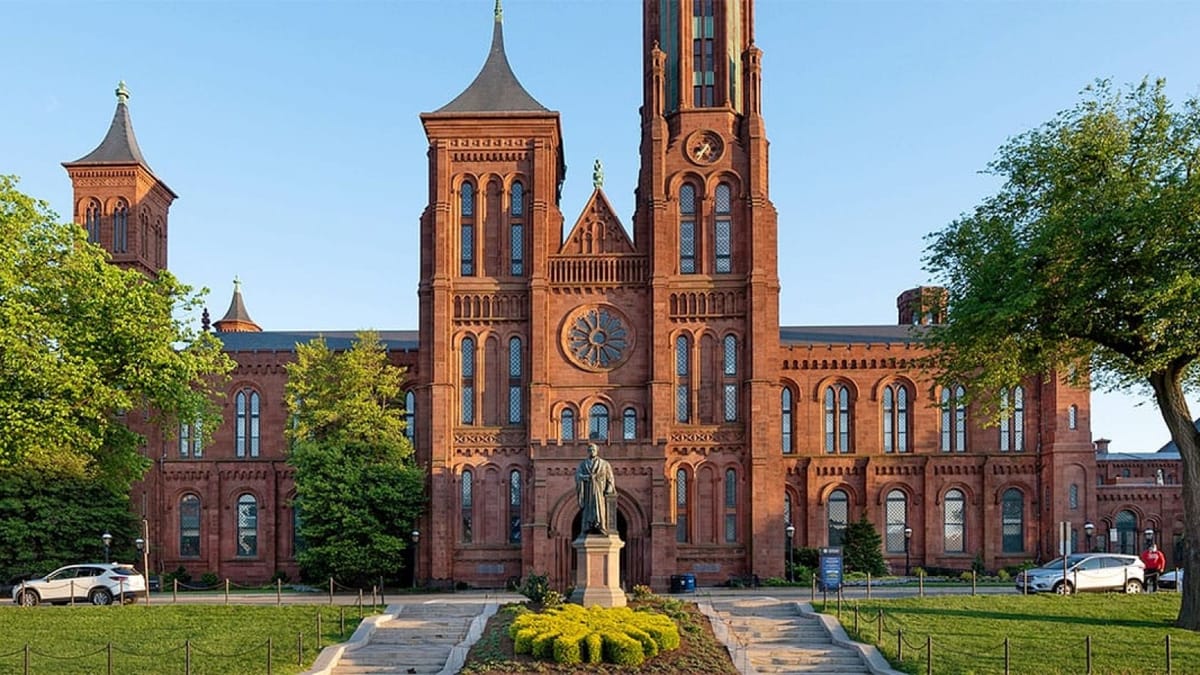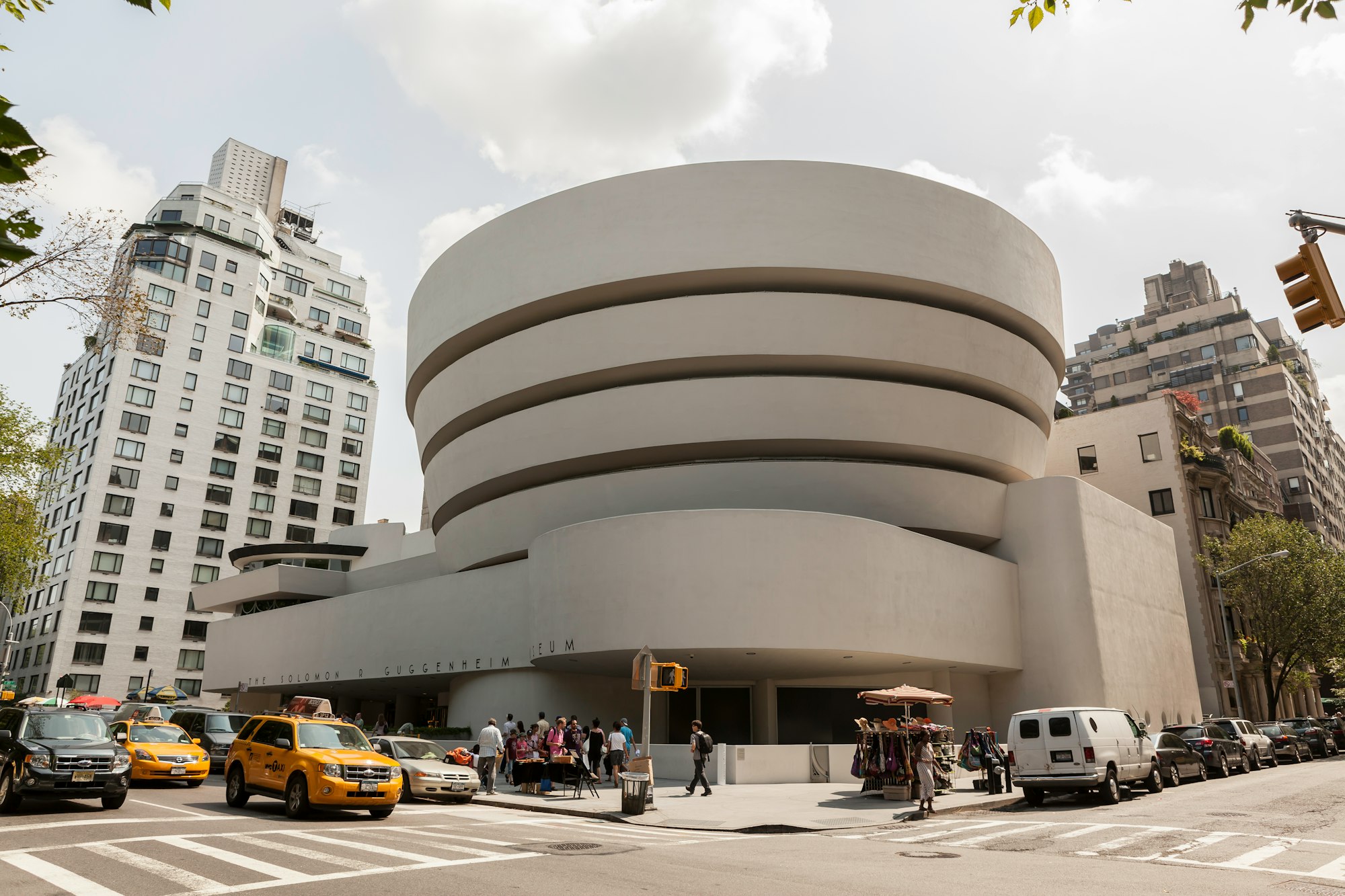
The Smithsonian Institution and the National Gallery of Art will begin reopening Friday after the end of the longest government shutdown in U.S. history. Both receive a significant share of their operating budgets from the federal government.
The Smithsonian, established by Congress and operating differently from standard federal agencies, oversees a network of museums and research centers. The National Gallery, also created by Congress, is a distinct museum with its own leadership and board. Together, they are among the largest federally supported cultural institutions in the United States.
Both closed during the shutdown because they depend on federal appropriations for core operations such as staffing and building maintenance. When that funding lapsed, federal rules prevented non-excepted employees from working, which forced public-facing museums to close their doors.
The National Museum of American History, the National Air and Space Museum and the Steven F. Udvar-Hazy Center will be the first under the Smithsonian banner to reopen Friday, the institution said in a news release.
The Smithsonian will then open the National Museum of African American History and Culture, the National Museum of African Art, the National Museum of Asian Art, and the National Zoo at their regular times Saturday.
“The National Museum of Natural History will also open Saturday with a delayed 12 p.m. opening,” the Smithsonian said. “Museums and the National Zoo may have limited food service offerings.”
The Smithsonian operates 21 museums as well as the National Zoo and a network of research centers. The institutions reopening Friday and Saturday represent less than half of its footprint with more than a dozen additional museums, galleries and facilities are scheduled to reopen on a rolling basis through Monday.
Among the most significant still to come are the Hirshhorn Museum and Sculpture Garden, the National Museum of the American Indian, the National Portrait Gallery and the Smithsonian American Art Museum.
The National Gallery of Art announced it would similarly reopen sections of its campus on the National Mall in phases, beginning with the West Building and Sculpture Garden for regular hours on Friday. Its cafes will also be open during regular business hours but with a limited menu.
The full campus, including the East Wing, will then open Saturday during regular hours as the museum premieres a special exhibition on Australian Indigenous art.
The government shutdown ended Wednesday night when President Donald Trump signed a bipartisan spending package. The 43-day congressional deadlock saw federal workers furloughed or working without pay, causing widespread disruptions to the U.S. economy and air travel system.
The legislation that ended the shutdown was passed by the U.S. Senate on a 60-40 vote then approved by the U.S. House of Representatives on a 222-209 vote. The Senate passage required seven Democrats and one Independent caucusing with the Democrats to vote with Republicans and approve the deal.
 Urgent MatterAdam Schrader
Urgent MatterAdam Schrader
The funding deal provided a mixed financial structure for the federal government with the core of it coming as a short-term continuing resolution, a form of stopgap funding that extends operations for the majority of federal agencies at prior fiscal year levels only until January 30, 2026, raising the likelihood of another funding standoff early next year.
But the package also contained three full-year Fiscal Year 2026 appropriations bills, providing stable funding for the Departments of Agriculture, Military Construction and Veterans Affairs, and the Legislative Branch.
The deal notably omitted the extension of enhanced Affordable Care Act premium tax credits, which had been the primary demand of Democrats, prompting criticism within the party.
Sign up for Urgent Matter
Breaking news, investigations and feature articles touching the art world written by Urgent Matter journalists.
No spam. Unsubscribe anytime.
